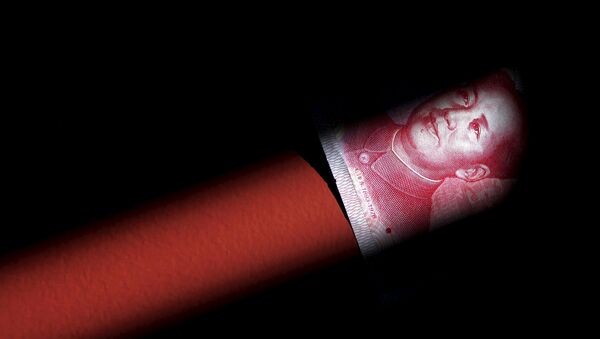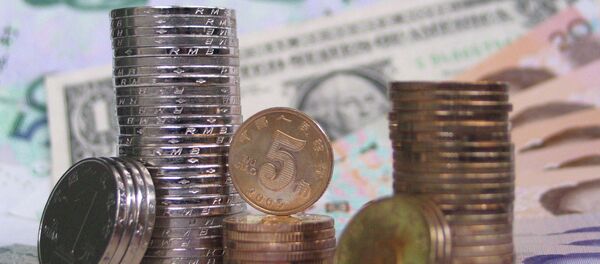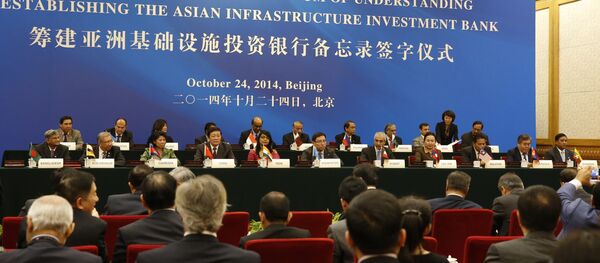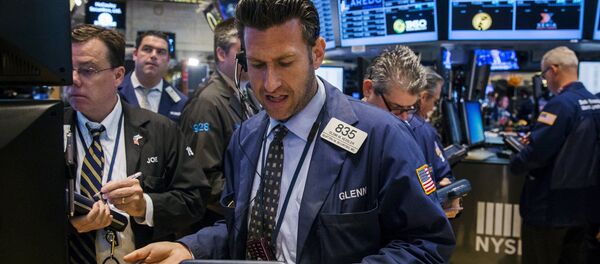Kristian Rouz – People’s Bank of China (PBoC) decreased its base interest rate to its record low after the most significant since the year 1996 retreat in the Communist nation’s overheated stock market.
The PBoC undertaken a fourth consecutive cut in borrowing costs since last November in an attempt to spur economic growth by providing cheaper money to the market participants, also hoping the monetary easing would prompt a surge in investment activity. Previous easing steps did not infer a major positive change for the economy so far.
However, this time around there is a bit more hope as the PBoC implemented a full-scale easing finally, and, with industrial production and consumer demand stabilized in May after several straight months of losses, cheaper credit might hold the pace of economic expansion at the current 7% annualized, presumably, without any further deterioration.
The one-year borrowing rate is set at 4.85%, some 25 basis point lower, effective 28 June, the PBoC Saturday’s statement reads. The one=year deposit interest is set at 2% — a similar reduction by 25 basis points. Required reserve ratios (RRRs), previously the main instrument of pumping monetary liquidity into the economy, are also tweaked 50 basis points down.
During last two weeks, mainland’s bourses crashed by 20% after last year’s gains of 120%. The stock bubble is probably burst, as the retreat is greatest since 1996. However, the situation will hardly knock China’s economy over, as the market does not play a decisive role in the Communist nation’s stability.
The Beijing people are gravely concerned with the situation, though, as evidenced by the commentary by certain policy makers.
"The simultaneous cuts in interest rates and reserve requirement is a forceful move, indicating the downward pressure on the economy is very big,” Xu Hongcai of the Beijing-based China Centre for International Economic Exchanges (CCIEE), said. "The monetary policy adjustment will also help curb sharp fluctuations in the stock market."
However, the government’s efforts do not usually have a full-force impact to the real economy as the shadow economy is rife in the Communist nation.
For instance, despite the regulative moves to cut base interest, the real borrowing costs remain much higher that the official figures would suggest.
It is worth noting, the PBoC’s recent measures did not affect all market participants equally. For certain companies, the RRRs were cut by not the average 50 basis points, but by 300 basis points, allowing such companies to accumulate more cash in their hands. Among such companies are the nation’s biggest financials, suffering losses of the 20% slump in stocks. The traditional corruption and nepotism might play a significant role here, as the largest financials are as a rule indirectly linked with to Communist officials.
China’s outstanding debt is another issue. While it stands now at 280% GDP ($28 trln), it is projected to grow further, more so in the light of the recent easing measures. For instance, the local governments are set to release another $451 bln of bonds in 2015.
Beijing is out of money, while the nation’s productive forces are hibernating. It is yet unknown whether the PBoC has enough leverage to reverse the deadly financial plunge, and whether the debt imbursement will work for mainland China equally well it did for the US and other free market economies in the past 30 years.





